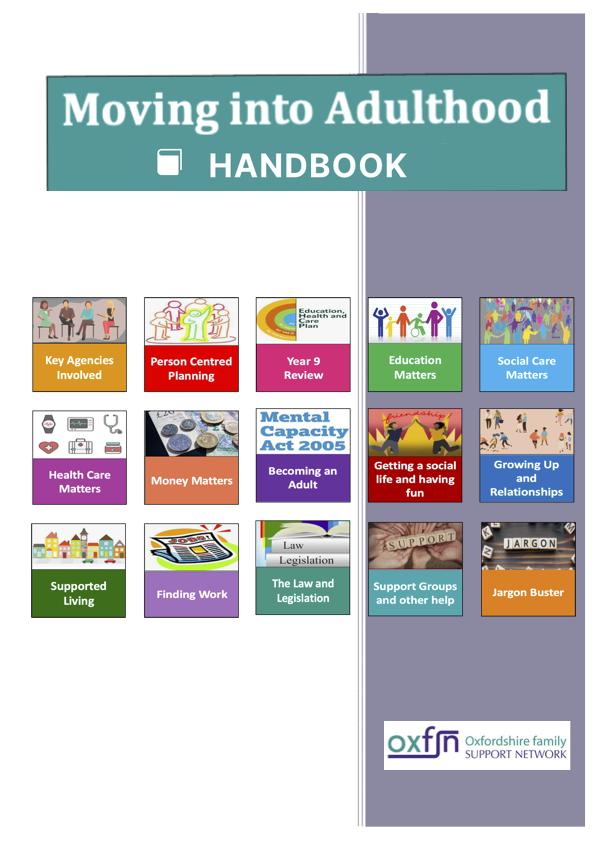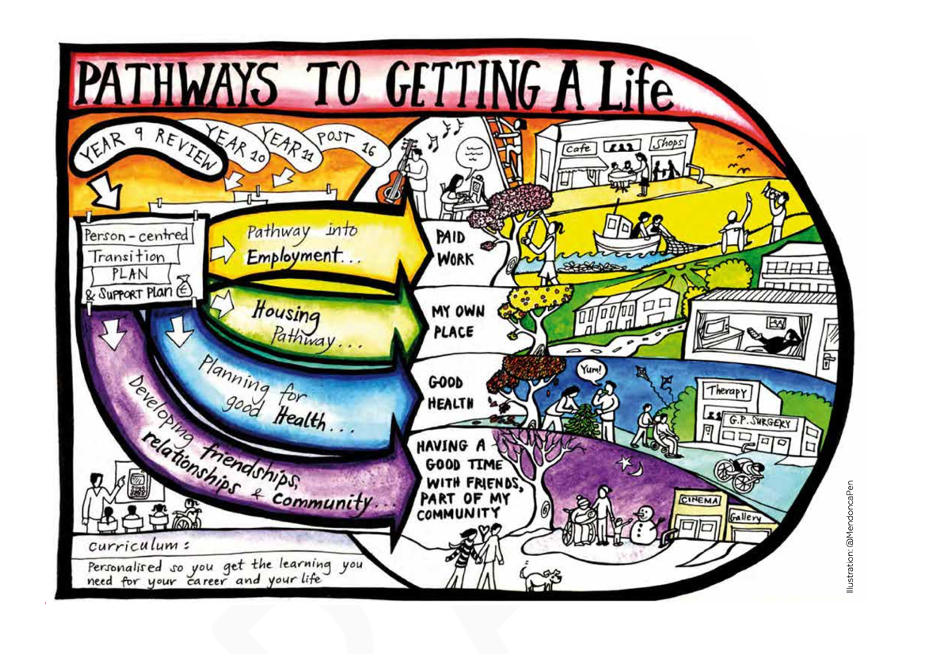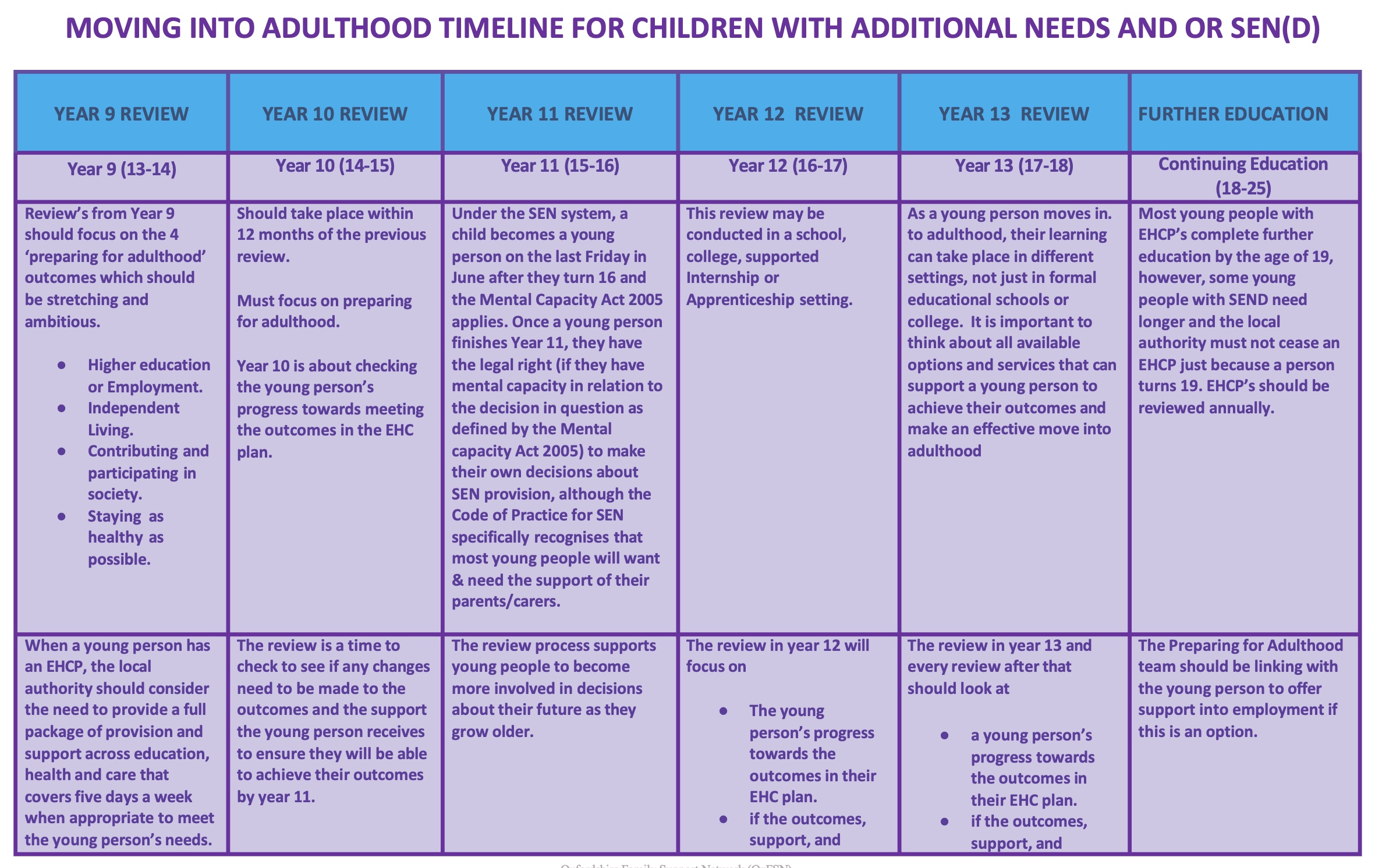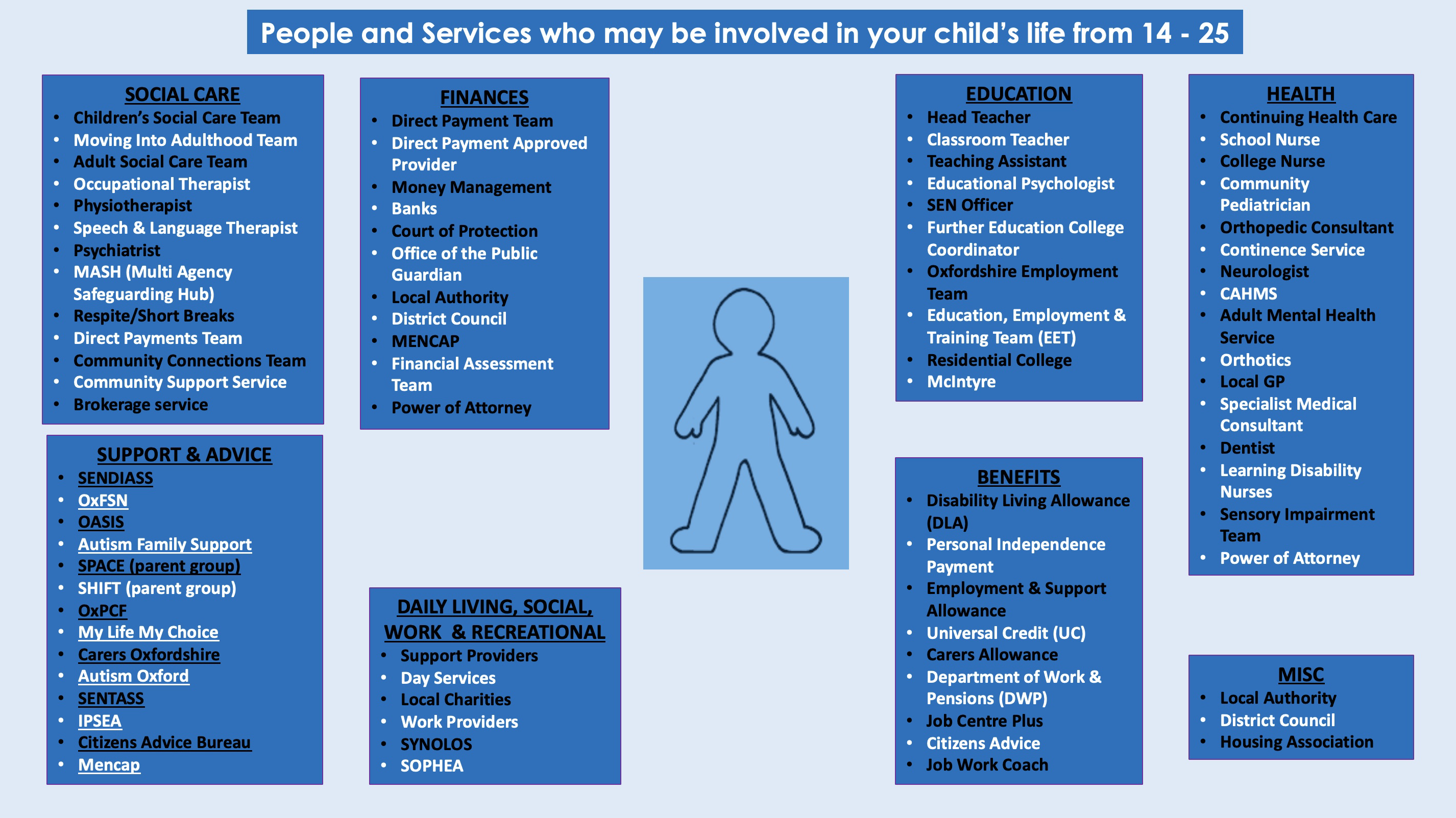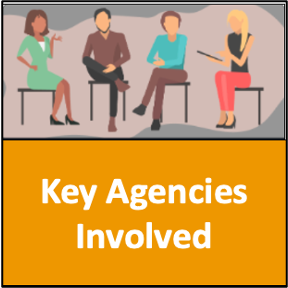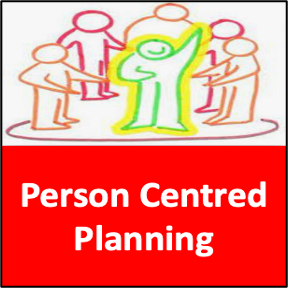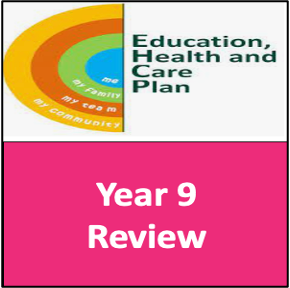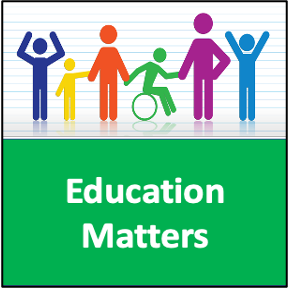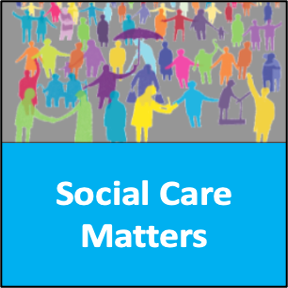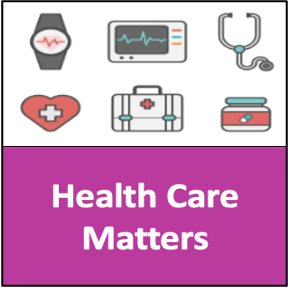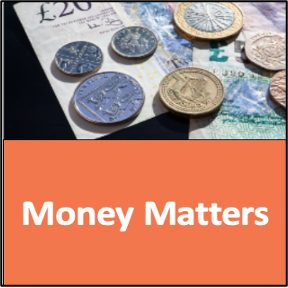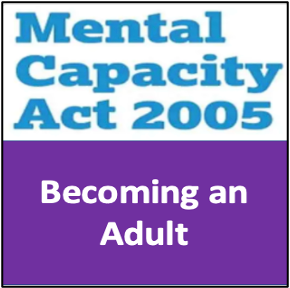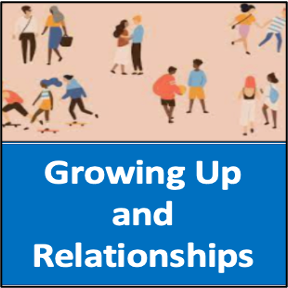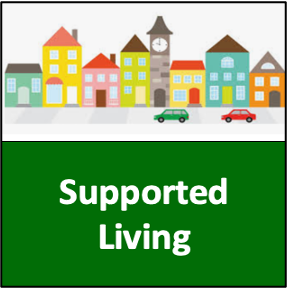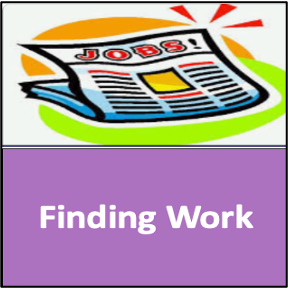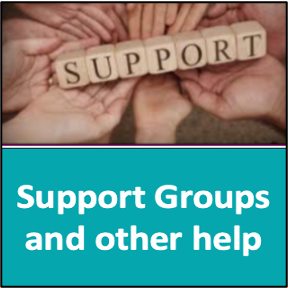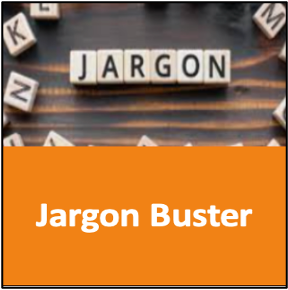Introduction
Moving into adulthood is an exciting time for most young people, but for young people with learning disabilities and their families it can be a time of uncertainty and anxiety. When a child reaches adolescence, issues such as further education, work, leaving home, relationships, sexuality, and personal choices become important.
For our families, there are additional things to think about. Our relatives are dependent on many different services and agencies so we have to think ahead and plan for the future in a way that other families don’t. Planning should start in the year the young person turns 14 years old and the process takes several years.
Planning ahead and doing your research is essential
As well as a lot of information, we have also included suggestions for where to go if you want to get further help and advice. We always recommend getting specialist advice when you are not sure. We suggest you dip in and out of the handbook for information as when and you need it. Don’t try to read it all in one go.
We hope that armed with the right information support and guidance, you will be able to view this journey as a positive stage. Every young person, even those with the most complex needs can achieve a good quality of life.
After 19 years familiarising myself with one system, it’s like starting all over again from scratch with the same worries and concerns.
As parents we don’t know what we don’t know. It’s pretty scary not knowing what you don’t know, because you don’t know what to start looking for or where to start.
I have often heard transition described by other parents as like ‘standing on the edge of a cliff about to fall into a black hole’ – I can now confirm this is exactly what it feels like.
OxFSN - Moving Into Adulthood Handbook
Who is this Handbook for?
This handbook is for families who have young people with learning disabilities aged between 14 – 25 who have education, health and care plans (EHCP’s). Some of the information contained in it may also apply to other young people with additional learning needs and those with physical impairments (alone) and/or sensory impairments who need SEN Support.
Planning Ahead
Whatever your child’s additional needs, the need to plan for their move into adulthood remains the same. The moving into adulthood process (which should begin in Year 9 the year your child turns 14) should be the same for all young people who are identified as having additional needs.
Some of the other topics addressed in this guide, such as supported living, day services and issues about mental capacity and consent at age 18 or over are aimed at families who have young people who are severely disabled, as they are often subject to strict eligibility criteria.
Moving Into Adulthood Explained
Moving into Adulthood (often referred to as transition by professionals) is the process of moving from childhood through adolescence into adulthood. It is a term used primarily by services to describe the transition from children to adult services. For families it tends to refer to the period when your child is 14 years old to around 25.
Moving into Adulthood is a process that should bring together all the relevant people who can ensure that young disabled people and their families can explore possibilities and plan ahead for the future.
It helps if families can start thinking about this transition early both to be prepared for the first transition review and to start thinking about what sort of life your family member would like at a later stage.
The moving into adulthood process starts at school but it is not just about education, it is also about a person’s health and social care needs. Moving into adulthood planning is an evolving process embracing the young person’s whole life.
Young people’s involvement in planning for their future means communicating and planning with them rather than for them. The involvement of young people, their parents and /or their advocates is central to achieving a successful outcome.
Chapters
The Handbook provides an overview of what families need to know about specific subject areas of the Moving Into Adulthood process.
Click on an image for more information about each chapter and download instructions.
Contact Us
We have tried to include as much information as possible, as we recognise there is a wide range of abilities and disabilities and no ‘one size fits all’, but if you come across something that you think should be included, or even something that doesn’t seem correct, or have suggestions about how to improve the layout please do Contact Us.
[The information in this handbook has been obtained from a number of different sources and was correct, to the best of our knowledge at the time of writing. Things can change so we would always recommend checking & seeking specialist advice especially regarding financial and legal information.]

